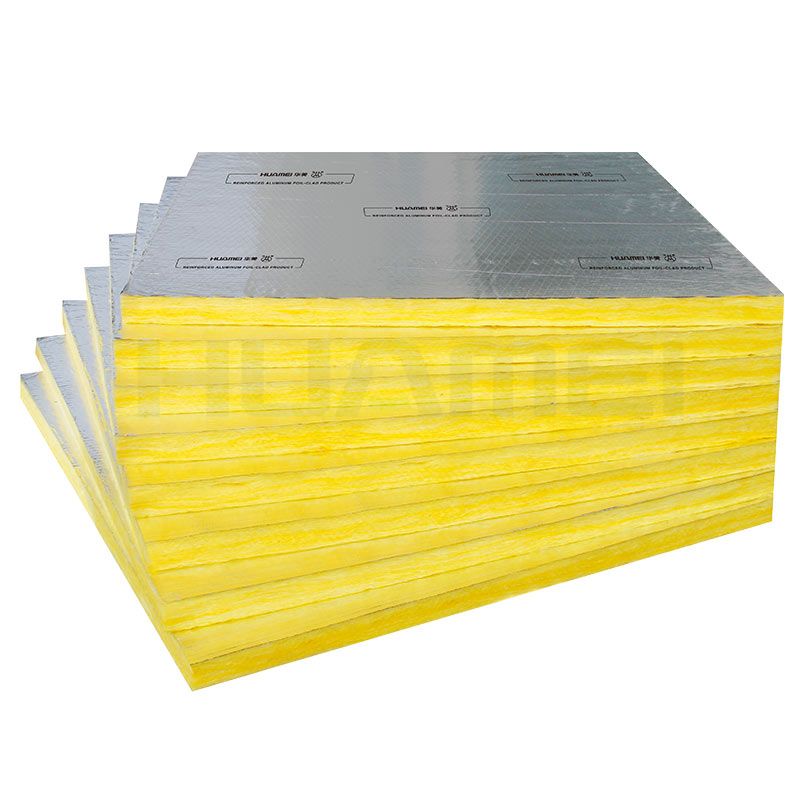When it comes to glass wool insulation materials, everyone must know that glass wool insulation materials. But many people don’t know what its properties and uses are. Glass wool insulation material is already a very common building insulation material all over the country. It is used in various exterior wall buildings, a large number of new building materials and glass wool are used in the building. So what are the properties and uses of glass wool insulation materials? The Glass Wool Pipe Supplier is here to popularize.
In the envelope structure of a building, whether you are using it for commercial or civil construction, generally use lightweight and efficient insulation materials such as glass wool, rock wool, foam plastic. There are basically three forms of building wall insulation: thermal insulation, external insulation and sandwich insulation. The wall structure of residential buildings is basically the outermost layer of wood or plastic wall panels, and then a layer of rigid foam plastic, which is the standard main wall and wooden frame structure of the wall. The structure of another typical wall is filled in a hollow block or a hollow masonry wall, which is densely packed and can also play a good role in heat preservation.
1. Application of glass wool on pipes
Cylindrical insulation pipes formed by glass wool with adhesives for heating and curing are widely used in thermal rubber and plastic insulation pipe manufacturers for electric power, petroleum, chemical and other thermal pipes, and cold, hot water pipes and water vapor pipes. It has convenient construction and energy saving, and the veneers such as aluminum foil can keep heat, moisture and radiation, and have certain decorative effects.
Glass Wool
2. Application of glass wool on the roof
Domestic roofs are generally flat and suspended ceilings, while foreign civil building roofs generally use more spires. Glass wool insulation is more commonly used. They are installed in the penthouse space immediately below the roof. The channel for air circulation can not only solve the air circulation, but glass wool can also play a certain role in heat insulation. On the ceilings in China, glass wool or mineral wool felts and pads are usually laid, or loose insulation cotton is blown directly into this space, and some are directly hoisted by glass wool such as glass wool or rock wool and decorative veneer. The resulting ceiling, or directly install Concrete Roof Thermal Insulation Boards to achieve the effect of thermal insulation.
3. Application of glass wool on the ground
Many people in the country will use it to heat and damp-proof and cultivate some plants or preserve items. In the basement, glass wool can be used to prevent moisture and heat. At the same time, most buildings in foreign countries are provided with above-ground rooms and underground spaces. The floors of living and activity spaces are not directly exposed to the external environment, which creates a powerful condition for the insulation of living spaces. However, if the basement and underground space are not heating spaces, especially in winter, there will still be a considerable amount of heat transmitted through the floor on the first floor. Therefore, under the first floor of the building, high-density glass wool still needs to be filled. At the same time, a certain thickness of rigid and semi-rigid glass wool is laid between the concrete floor and foundation of the basement and the soil.
Therefore, Glass Wool insulation materials have low limitations and should be very extensive and powerful. Many people think that ordinary civil buildings do not need glass wool insulation materials. In fact, residents of civil construction families also need these insulation materials very much.

评论
发表评论